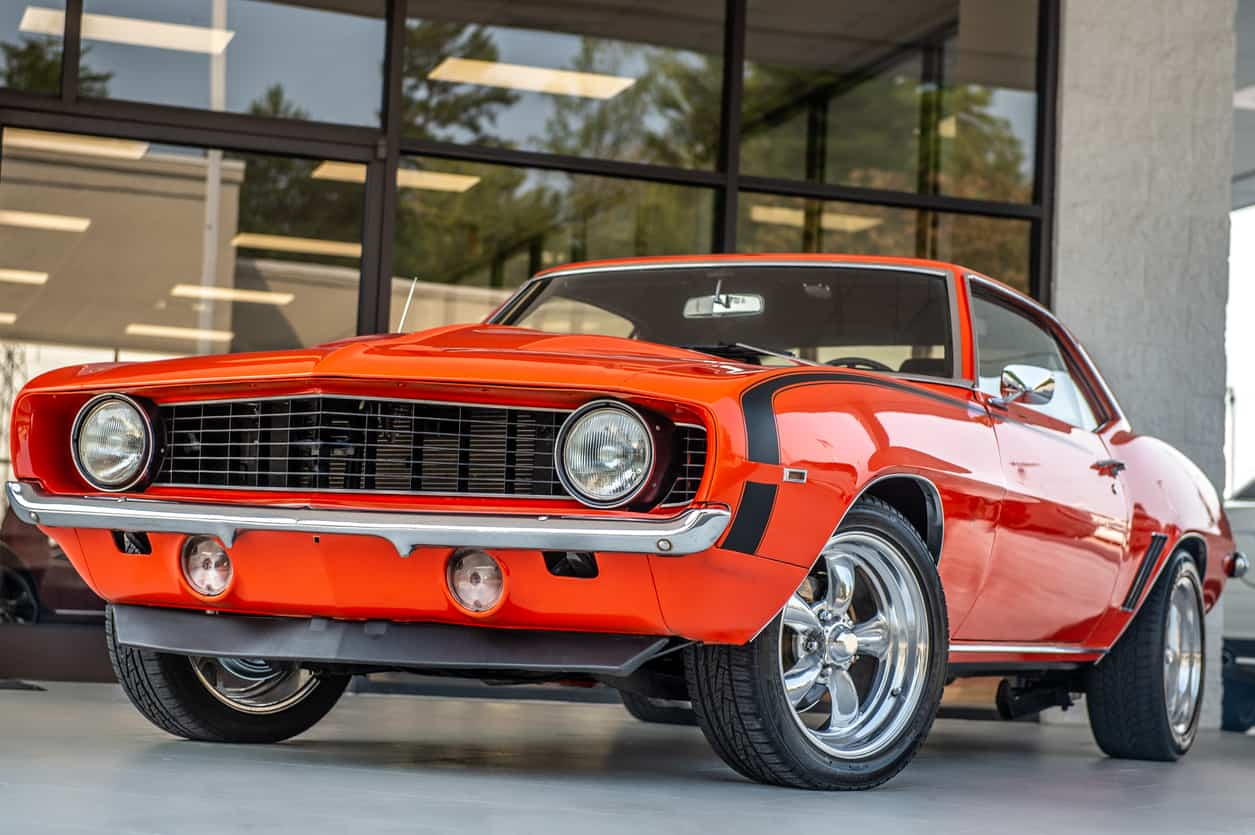Understanding Classic Cars
Classic cars, by their very nature, are much more than mere vehicles — they are cherished assets, significant investments, and often, reflections of their owners’ identities. Shipping these timeless beauties requires an understanding of their unique needs and concerns. Many owners of classic cars view them as prized possessions, owing to their historical value, rarity, and meticulous upkeep. The transportation process must, therefore, ensure their safety, preservation, and arrival in immaculate condition.
Choosing the Right Shipping Company
The Importance of Specialized Experience
While many shipping companies may boast a vast array of services, classic car owners should prioritize those with specific experience in transporting vintage automobiles. These companies comprehend the intricacies involved and are better equipped to handle any contingencies that may arise.
Verifying Insurance Coverage
Before entrusting your valuable car to a shipping company, verify their insurance policies. A reputable firm will provide comprehensive insurance that covers any potential damages during transit. Request a copy of the insurance certificate and review the coverage to ensure it aligns with the value of your classic car.
Seeking References and Reviews
Never underestimate the power of a positive review or a strong reference. Ask fellow classic car enthusiasts or clubs for shipping company recommendations. Online reviews can also provide insights into a company’s reliability and customer service quality.
Preparing Your Classic Car for Shipping
Undertaking Pre-shipment Inspection
A thorough pre-shipment inspection is a crucial step in preparing your vintage vehicle for shipping. Document its existing condition with photographs and a written record, focusing on any pre-existing scratches, dents, or mechanical issues. This record will be invaluable should any dispute arise regarding possible damages incurred during transit.
Securing Loose Items
Ensure all loose items within your car are secured or removed entirely. Unsecured articles can move during transit, causing internal damage. This includes personal belongings, removable radio antennas, and aftermarket additions.
Opting for Enclosed Transport
While it may be more cost-effective to choose open transport, the enclosed option provides superior protection for your classic car. Enclosed transport shields your vehicle from road debris, inclement weather, and prying eyes. Despite the higher price tag, the additional security and peace of mind it offers are well worth the investment for your invaluable classic car.
Post-Transport Inspection
Once your classic car reaches its destination, conduct a detailed post-transport inspection. Compare the current state of the vehicle with the pre-shipment inspection record. Should there be any discrepancies or new damages, contact the shipping company immediately and provide documented evidence.
Conclusion
Transporting a classic car within the United States involves more than simply choosing a shipping company. It requires an understanding of your vehicle’s unique needs, a careful selection process for the shipping company, meticulous pre and post-shipment inspections, and the wise choice of enclosed transport. By considering these factors, you can ensure that your cherished classic car arrives at its destination in pristine condition, ready to grace the roads or steal the show.
Frequently Asked Questions
- What are the key factors to consider when transporting a vintage automobile within the U.S.?It’s crucial to consider the vehicle’s insurance coverage and the transportation method, ensuring that the chosen service specializes in handling vintage automobiles and offers adequate protection during transit.
- Are there special requirements or restrictions when transporting vintage automobiles across state lines?While there are no special restrictions, it’s necessary to verify the transport company’s interstate operating authority and ensure your vehicle meets any specific emissions or safety regulations in the destination state.





